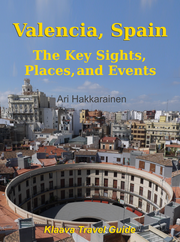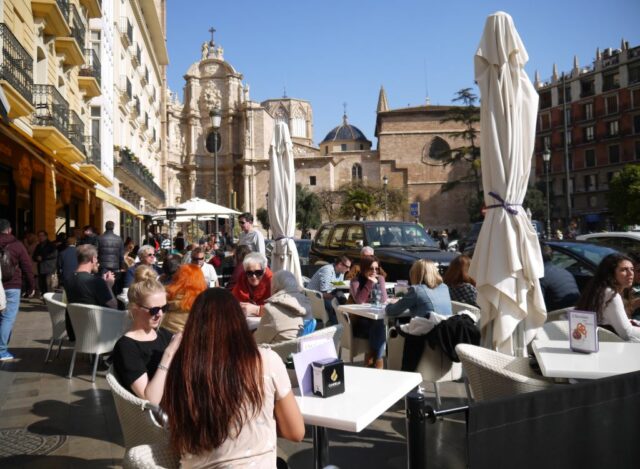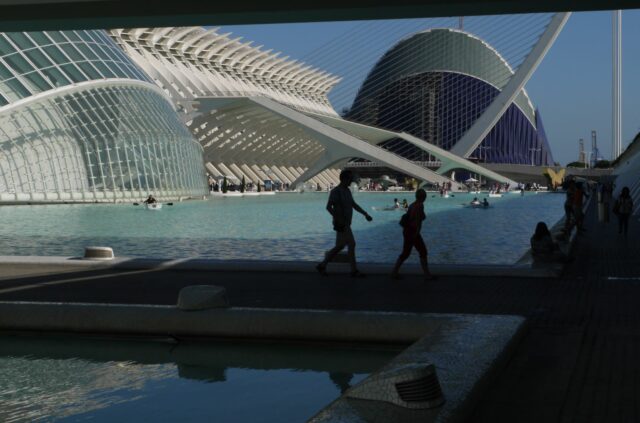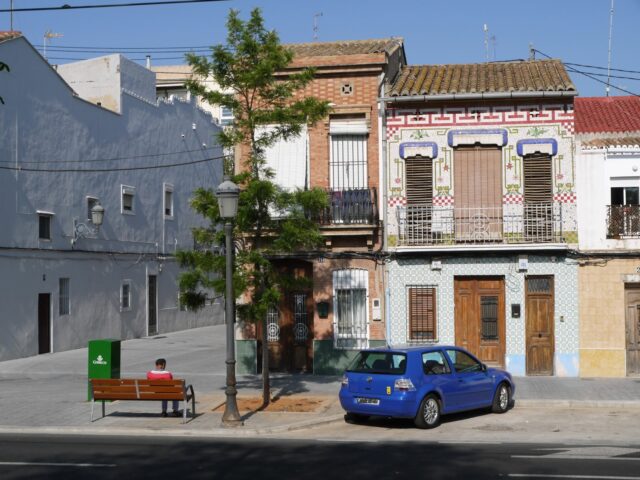If you are planning your first visit to one of Europe’s trending city destination, Valencia, Spain, you may ponder where to go in the city. The travel guide shows you around the city, but even with the guidebook, you might want to do a quick overview tour of the key places of the city. Then, you can decide where to spend more time and where a quick overview was enough.
It was my recent visit in Valencia City when I realized how important the following three key districts of the city really are. I didn’t have a detailed plan which places to visit, but my idea was jump on a saddle of a bicycle and let it take me around the city. So, I found myself in the City of Arts and Sciences, slowly pedaling along the paths and gravel roads of Turia Park, admiring the architecture of the ultramodern buildings. I was heading north towards the old city center. I entered the old town through the gate of Serranos (Torres de Serranos). A couple of hours later still in the old town, I realized I have to continue my journey. I rode through Ensanche and Russafa neighborhoods along quiet streets back to the City of Arts and Sciences. From there, it wasn’t a long way to pedal to the port and to the beach.
Here are the three key districts of Valencia City for a visitor to explore.
The old town center
- Valencia’s old town center is one of the largest historical centers I have visited anywhere. The city was founded by Romans, conquered by North Africans, reconquered by Christians, and even Napoleon’s troops have been at the gates. Each era has left its mark in the city. Today, the city center is a delightful neighborhood where residents and tourists have drinks in bars and eat local and international food in restaurants. It is a lively and dynamic district from morning till late night. There is practically endless selection of historical sights to explore, or endless choice of bars and cafes to crawl.
The City of Arts and Sciences
- Two fortunate decisions in recent history of Valencia contributed to the creation of the architectural wonder. First, residents were fed up with autumn floods caused by Turia River in the city center. Finally, a budget was set and the river was diverted to the south side of the city. A large piece of valuable land was suddenly available in the city center. Local businessmen wanted to construct offices and commercial buildings on the space, but residents wanted a park. Park supporters won, and later, the City of Arts and Sciences was created in the park’s south end.
The beach and the port
- Valencia’s beaches are famous in Spain. For instance, when residents of Madrid think about a beach, they often think about Valencia. The city beaches Las Arenas and Malvarrosa are easy to reach by public transport, or you can stay in one of many hotels or holiday apartments along the long beach.
- The area of the port that is nearest to the Las Arenas beach has been developed as a new restaurant and bar center. There you can find some of the highly reviewed restaurants of Valencia.
- An extra bonus in the beach district is El Cabanyal neighborhood. It is an old fisherman community where small houses were built in various ways, using various methods. Now, it is a trending neighborhood (although some corners are really worn out) with popular fish and rice restaurants.
The introduced three districts are in no particular order – someone likes the beach, whereas another traveler wants to ascend to the top of a church tower in the old town center. It is also worth noting that these three destinations are not within easy walking distance from one another. Bicycle is an excellent choice to move around, taxi doesn’t cost that much, and Valencia’s subway and bus transport system is good.
Valencia is well connected to the road and railway network in Spain: highways north, south and west let you drive, for instance, to Barcelona or Madrid in few hours. High-speed trains provide comfortable travel from Valencia to other countries in Europe. Train tickets for Spain and across country borders can be booked, for instance, at Trainline.




